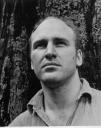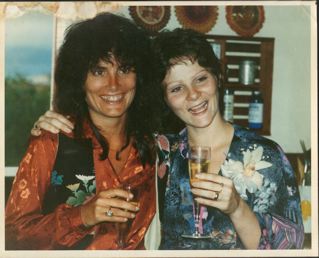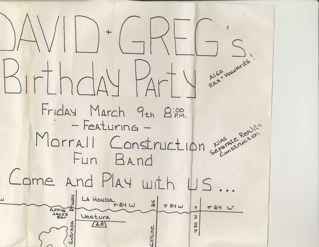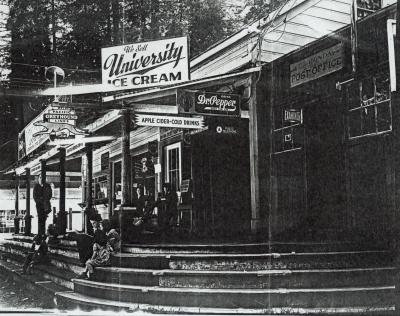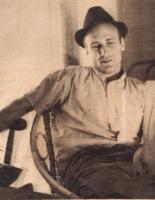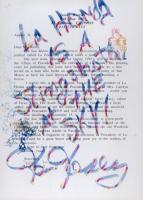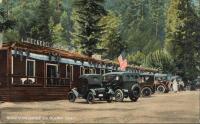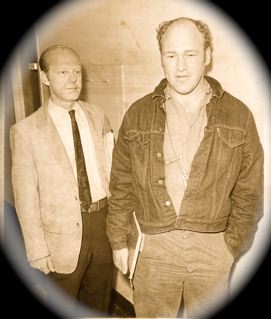 (Photo: Novelist Ken Kesey at right with unidentified man).
(Photo: Novelist Ken Kesey at right with unidentified man).
In spite of Kesey’s notoriety and reputation as a novelist of stature, the authorities viewed him as a menace to society. In April 1965, San Mateo County sheriff’s officials, a police dog and a state narcotics agent raided Kesey’s five-room rustic cabin in La Honda.
Kesey and some 14 others in the cabin at the time were arrested on marijuana charges. Soon after, Kesey was again arrested on similar charges in San Francisco and fled.
But after being a fugitive for eight months, Kesey returned from Mexico to the Bay Area–and in a melodramatic scene on the Bayshore Freeway near Candlestick Park he was captured by FBI agents.
Kesey served a short sentence at the San Mateo County Jail and the Sheriff’s Honor Camp at La Honda. When released, he moved to Oregon with his wife, Faye where he died at age 66 on November 10, 2001.
Fascinated by Ken Kesey and his Merry Pranksters, social observer and famous New York author Tom Wolfe captured their spirit in his best selling,still not-to-be-missed 1968 book, “The Electric Kool-Aid Acid Test.”
Kesey and the Pranksters must have been seen as a calamity by many La Hondans–and some who are alive still harbor bitterness toward them. But as the years roll by, and the memories of Kesey and the Pranksters cavorting in the beautiful redwoods have softened, their once controversial presence has evolved into local folklore.



